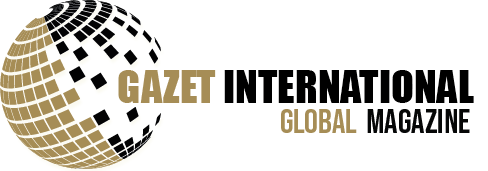On Friday, South Korea’s central bank stated that increased uncertainty regarding the inflation forecast and export strength countered a near-term inclination to reduce interest rates. This decision came after the bank left the policy rate unchanged at a 15-year high.

“To give a six-month ahead outlook or so, all of the board members including myself deem it’s difficult to make a call on the possibility of a rate cut for the second half,” Bank of Korea Governor Rhee Chang-yong said in a post-policy news conference after keeping its key rate at 3.50%, as expected by all 39 analysts polled by Reuters.
The Bank of Korea (BOK) has stated that more progress on prices is required to gain confidence that they are on track to meet the bank’s 2% target. Before cutting borrowing costs, the BOK emphasizes the necessity for this progress.
While Rhee indicated that lowering interest rates this year would be difficult, a significant revision in the central bank’s policy statement suggested that a drop was still feasible.
The BOK announced that it will maintain its restrictive monetary policy stance for a sufficient period of time. This marks a change from its previous statement in February, which had indicated that restrictive policy would be maintained for “a sufficiently long period of time.”
During Rhee’s news conference, South Korea’s policy-sensitive three-year treasury bond yield recovered some ground. It had fallen as much as 7.3 basis points to 3.393% following the policy statement.
“There has been a degree of ambiguity in Rhee’s communication on Friday,” said Cho Yong-gu, an analyst at Shinyoung Securities.
“Rhee said he did not signal for a cut and that it’s difficult for board members to make predictions … but at the same time, the omission of the word ‘long’ in the statement signals that the door for a rate cut is open for the next six months,” Cho said, adding that he anticipates two rate cuts in the second half of the fiscal year.
Analysts predict the BOK will decrease the benchmark rate by 25 basis points in both the third and fourth quarters. This move will bring it down to 3.00% by the end of the year from the current 3.50%.
Rhee stated that the bank will examine policies abroad. Meanwhile, uncertainty about the timing of the US Federal Reserve’s cuts grows, with the European Central Bank indicating potential reductions starting in June.
This disparity allowed the BOK to move lower independently, based on local pricing.
“The Fed’s signal that a pivot is underway allows more room for us to be decoupled,” Rhee said in a statement.
In March, the consumer price index (CPI) rose 3.1% year on year, maintaining the same rate as February. This trend, following three months of decline, fuels speculation that it is still too early for the BOK to consider easing.
For the sixth consecutive month, exports increased, driven by strong chip sales. This strengthens the case for the BOK to maintain interest rates high.
The BOK is concerned that rising oil costs and increased exports would cause a new wave of inflationary pressure. Meanwhile, a weak won has also become a problem at this time.
This year, the currency has fallen by approximately 6% versus the dollar, and officials are concerned that a weaker currency will raise the cost of importing petroleum and raw goods, increasing inflationary pressure.
When asked if the won is a cause for concern, Rhee said he is keeping an eye on it to see if recent drops are excessive, and that the bank has tools in place to stabilize the currency market if necessary.
Click here for more news on Banking.


